Bibimbap (mixed rice bowl) is one of the most popular dishes in Korea. The best thing about it is that you can use the ingredients you like and mix-n-match. I like to make up all the vegetables and rice over the weekend and then put it all together for quick lunches during the week.
My-style Bibimbap
Servings: 4
Ingredients:
For Veggies:
-1 (380 g) package tofu + 1 tsp soy sauce or teriyaki sauce, drained and baked (see below for baking directions)
-1 (120 g) package mung bean sprouts
-2 small/medium carrots, julienned
-1/2 large cucumber, julienned
-2 cups spinach (~6 bunches), washed
-2 cups cooked rice (I like mixed-grain rice)
-4 Tbls seasoned seaweed flakes (laver), I wouldn’t leave these out, they add a nice crunch and sesame flavor
-2 tsp sesame seeds
*Feel free to vary the veggies to suit your tastes – sauteed mushrooms, braken, korean radish and zucchini are other common ingredients. Also, most places serve a fried egg on top of the bibimbap, I opted to leave it out on mine.
For Sauce
-2 tsp sesame oil
-2 tsp soy sauce
-2 tsp Korean chili paste (gochujang)
-1 garlic clove, minced
Directions
For Tofu:
1) Wrap the block in a paper towel, put it on a plate with another plate on top. Put something slightly heavy like a can on top of the top plate. Let set for about 15-29 minutes, this will squeeze out the excess moisture in the tofu.
2) Preheat the oven to 215-220 degrees Celsius.
3) Line a baking tray with foil, lightly grease the foil.
4) Cut the tofu into thin slices. Season with a little soy sauce or teriyaki sauce (~ 1 tsp), gently stir to coat.
5) Put the tofu slices in an even layer on the baking sheet and bake until golden brown and slightly crispy on the outside for about 30-40 minutes.
6) Remove and set aside.
For Veggies:
1) Get a pot of water boiling.
2) Boil spinach for 20 seconds, remove, strain and rinse with cold water. Squeeze dry and set aside.
2) Boil the carrots for about 2-3 minutes, remove, strain and rinse with cold water. Set aside.
3) Boil the mung bean sprouts for about 3 minutes, remove, strain and rinse with cold water. Set aside.
4) Boil the cucumber for 30-45 seconds, remove, strain and rinse with cold water. Set aside.
*Optional, you can toss each vegetable with a little salt and sesame oil after they’re cooked. I tend to just use a little soy sauce, but traditionally, the veggies are seasoned in this way.
For Sauce:
1) Mix all the ingredients together in a small container.
Putting your bibimbap together:
*If eating directly after cooking, you won’t need to re-heat as directed below. My instructions are what I do when re-heating for lunches.
1) Put 1/2 cup of the cooked rice into a bowl. Heat in microwave for about 1 1/2 minutes.
2) Add the veggies and tofu in an alternating pattern on top. Heat in microwave for 30-45 more seconds.
3) Drizzle about 1/4 of the sauce mix on-top and sprinkle 1/2 tsp of sesame seeds.
4) After admiring, mix it all up together, sprinkle about 1 Tbls of the seasoned seaweed flakes on top and enjoy!
Below are the ingredients used in this recipe. You can find all the ingredients at your local mart or Home Plus, these are standard Korean ingredients!
Nutrition Information
For 1 Serving: 245 Calories, 7.4 g Fat, 0.3 g Saturated Fat, 0 mg Cholesterol, 230.2 mg Sodium, 35.3 g Carbohydrates, 6.9 g Fiber, 3.2 g Sugars, 11.5 g Protein.
HungryGirlinKorea.wordpress.com
The blog about healthy cooking and baking in Korea


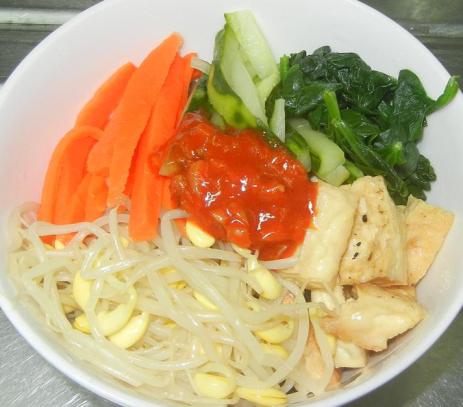


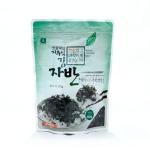
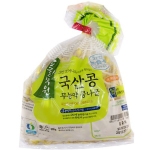

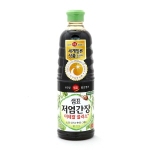
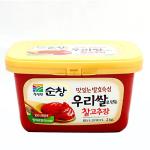
Recent comments